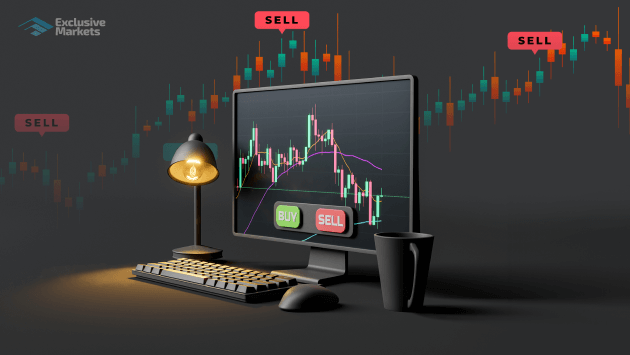
Ultimate Guide to Forex Trading Systems
The forex trading system Trading Broker Global Forex market operates 24 hours a day, providing countless opportunities for traders to capitalize on currency fluctuations. However, success in this dynamic environment requires more than just intuition; it demands a robust Forex trading system. In this comprehensive guide, we will delve into the core components of effective Forex trading systems, explore various types, and offer insights on how to develop and optimize your trading approach.
Understanding Forex Trading Systems
A Forex trading system is essentially a set of rules that guide a trader’s decisions regarding buying and selling currency pairs. This system can be based on technical analysis, fundamental analysis, or a combination of both. By following a established system, traders can minimize the emotional aspects of trading, allowing for more consistent and rational decision-making.
Components of a Forex Trading System
Effective Forex trading systems are composed of several key components:
- Market Analysis: Understanding market conditions and trends through technical and fundamental analysis is crucial. Technical analysis involves studying price action and using charts to identify patterns, while fundamental analysis evaluates economic indicators and geopolitical events.
- Risk Management: A sound trading system must include risk management strategies to account for potential losses. Traders often use stop-loss orders, position sizing, and diversification to mitigate risks.
- Entry and Exit Strategies: Defining clear entry and exit points is essential. Traders should have criteria for when to enter a trade (buy or sell) and when to exit, ideally locking in profits or limiting losses.
- Backtesting: A thorough backtesting process allows traders to test their strategies on historical data to evaluate performance. This helps to identify strengths and weaknesses before real-time trading.
- Continuous Learning: The Forex market is always changing. Successful traders continuously update their knowledge and strategies based on market developments and personal experiences.
Types of Forex Trading Systems
Forex trading systems can vary widely depending on the trader’s goals and approach. Here are some common types:

- Trend-Following Systems: These systems aim to capitalize on established market trends. Traders identify upward or downward trends and make trades that align with these movements.
- Range Trading Systems: In range trading, traders identify price levels where currency pairs are likely to bounce back and forth. They place trades at predetermined support and resistance levels.
- Scalping Systems: Scalpers aim to make numerous small profits on minute price changes. This strategy requires quick decision-making and often relies on technical indicators.
- Algorithmic Systems: These systems utilize automated trading programs to execute orders based on predetermined criteria. Algorithmic trading can process large amounts of data faster than human traders.
Steps to Build a Successful Forex Trading System
To create a successful Forex trading system, consider the following steps:
1. Define Your Goals
Start by clearly defining your trading objectives. Are you looking for short-term gains, long-term wealth accumulation, or even a mix of both? Your goals will help shape your trading approach.
2. Select Your Trading Style
Choose a trading style that complements your personality and schedule. Day trading requires a lot of time and quick thinking, while swing trading allows for more flexibility.
3. Establish Your Trading Plan
Create a comprehensive trading plan that outlines your strategies for market analysis, risk management, and trade execution. Ensure you have a systematic approach to following your plan.

4. Utilize Tools and Resources
Invest in trading tools such as charting software and technical indicators to enhance your market analysis. Additionally, leverage educational resources to stay informed about market trends.
5. Test and Optimize
Before committing real capital, backtest your trading system on historical data. Analyze the results and refine your strategies as necessary. Optimization is an ongoing process.
6. Monitor Your Performance
Once you begin trading, regularly track your performance. Keep a trading journal to analyze your trades and learn from both successes and mistakes.
Common Mistakes to Avoid
Even with a solid trading system in place, traders can encounter pitfalls. Here are a few common mistakes to be aware of:
- Lack of Discipline: Straying from your trading plan can lead to losses. Discipline is key to successful trading.
- Overleveraging: Trading with too much leverage can amplify losses. Always practice prudent leverage management.
- Neglecting Fundamentals: While technical analysis is important, ignoring fundamental events can lead to missed opportunities or unexpected losses.
- Emotional Trading: Making decisions based on fear or greed can be detrimental. Stick to your strategy and avoid emotional reactions.
Conclusion
In summary, developing a successful Forex trading system requires a blend of market analysis, risk management, and continuous education. By understanding the components of trading systems and learning from your experiences, you can improve your trading performance and work towards achieving your financial goals. Remember, Forex trading is as much an art as it is a science, and your trading system should evolve as you grow and adapt to market changes.
